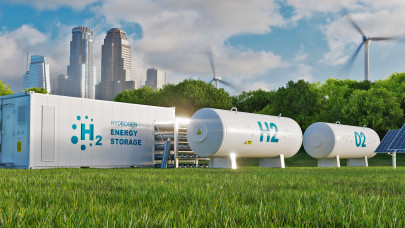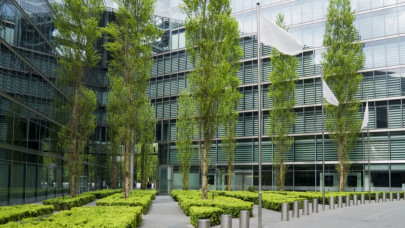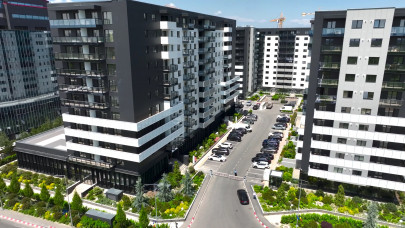In addition to criteria for selected European countries, indicators were also developed for properties in the USA and Canada. The results of the top 15% benchmarking offer a variety of evidence on a wide range of criteria—from energy demand and consumption to primary energy and CO2 emissions including site and source energy intensities.
The outcomes of this comprehensive benchmarking exercise offer invaluable insights across a spectrum of criteria, spanning from energy demand and consumption to primary energy and CO2 emissions, inclusive of site and source energy intensities.
Reiner Lux, Managing Director of vdpResearch, underscores the significance of this initiative, stating, “Many banks operating across Europe and North America face challenges in evaluating the taxonomy eligibility of their real estate investments and determining their status within the top 15% of existing building stock. Hence, the an urgent need for benchmarking. The establishment of the top 15% criteria for key countries such as France, the Netherlands, Poland, the UK, the USA, and Canada provides indispensable guidance for banks involved in international property financing, enabling them to conduct comprehensive and transparent analyses of their property loan portfolios.”
Since April 2022, the Association of German Pfandbrief Banks (vdp), a key stakeholder in vdpResearch, alongside Drees & Sommer, has been supporting financial market participants and the real estate industry in Germany with benchmarking efforts aimed at showcasing taxonomy eligibility.
Building upon this collaborative effort, Drees & Sommer was tasked by vdpResearch to develop the top 15% criteria and a standardized methodology for their implementation across the aforementioned countries. These benchmarks encompass various asset classes, including residential, office, retail, logistics, and hotel properties. In addition to overarching recommendations applicable across all countries, the study delineates specific criteria tailored to each country and asset class, complemented by a detailed methodology report outlining the benchmark derivation process.
Claudio Tschätsch, Head of ESG and Sustainable Finance at Drees & Sommer, emphasizes the pivotal role of fulfilling the top 15% criterion in ESG and sustainability reporting. He notes, “These concrete recommendations and transparent criteria empower banks with the requisite guidance for navigating the EU Taxonomy, fostering transparency within the global market.” Drees & Sommer, renowned for its expertise in ESG consulting and sustainable finance, assists clients from strategy formulation to portfolio analyses and implementation within the real estate sector.
At its core, the top 15% criterion aligns with the EU Taxonomy Regulation, which stipulates that a building constructed by the end of 2020 qualifies as taxonomy-aligned if it meets either of the following conditions: possessing an energy performance certificate with an A-class rating or ranking within the top 15% in terms of the national or regional market and primary energy demand.
The study, exclusively compiled for vdpResearch and its member institutions, serves as tangible evidence of EU Taxonomy alignment for property acquisition and ownership across Europe, the USA, and Canada. Drawing from representative and publicly accessible data sources, the study undergoes annual updates to ensure relevance and accuracy.











